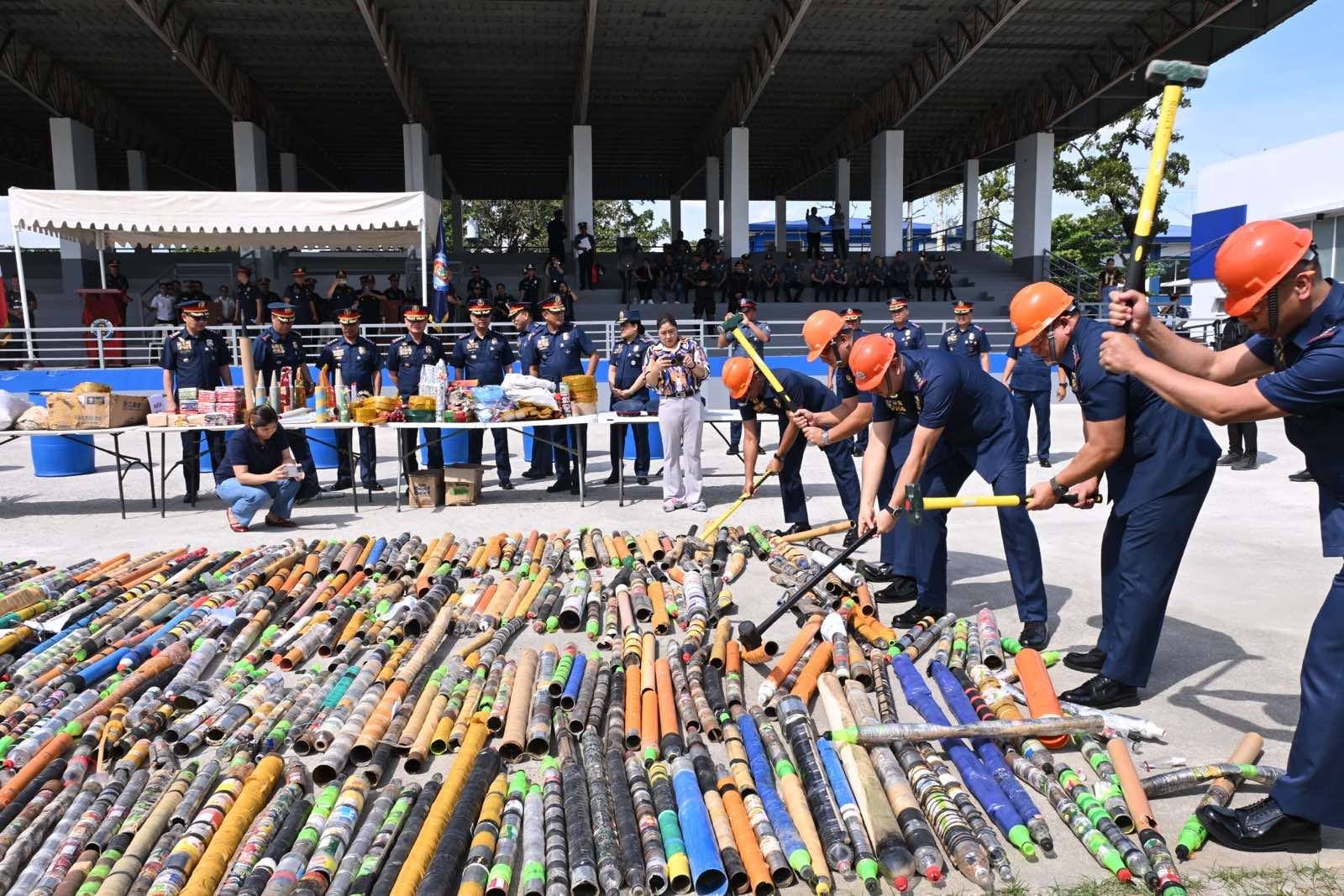Connectivity is more than just convenience; it is a catalyst for economic growth and social development.
In Central Luzon, the Department of Public Works and Highways (DPWH) is at the forefront of this transformation, driving forward infrastructure projects that promise to reshape the region and stimulate progress.
These efforts are not merely about building roads and bridges; they are about creating lifelines that link communities, enhance access to essential services, and open up new opportunities for businesses and individuals alike.
𝑼𝒏𝒕𝒂𝒏𝒈𝒍𝒊𝒏𝒈 𝒕𝒓𝒂𝒇𝒇𝒊𝒄 𝒘𝒐𝒆𝒔
During the initial episode of the Kapihan sa Bagong Pilipinas of the Philippine Information Agency, DPWH Regional Director Roseller Tolentino highlighted ongoing infrastructure projects that will significantly reduce travel time and decongest traffic in national roads.
These include the 28.83-kilometer Lubao-Guagua-Minalin-Sto. Tomas Bypass Road in Pampanga and the27.05-kilometer San Rafael-San Ildefonso-San Miguel Bypass Road in Bulacan which are both being implemented by the Regional Construction Division.
In addition to these, Tolentino discussed other significant transportation projects in the region that are being implemented by the DPWH Unified Project Management Office-Roads Management Cluster 1 namely the 35.70-kilometer Central Luzon Link Expressway, and the second phase of improvements to the 24.61-kilometer Plaridel Bypass Road in Bulacan. CLLEX will shorten travel time between the cities of Tarlac and Cabanatuan to just 20 minutes from the usual 70 minutes.
𝑬𝒏𝒔𝒖𝒓𝒊𝒏𝒈 𝒇𝒐𝒐𝒅 𝒔𝒆𝒄𝒖𝒓𝒊𝒕𝒚
Shifting focus to agricultural infrastructure, Tolentino discussed DPWH’s commitment to modernizing agricultural infrastructure which is a key priority under the administration of President Ferdinand R. Marcos Jr.
In 2023, DPWH has completed a total of 96 Farm-to-Market and two Farm-to-Mill road projects across Central Luzon. These enhancements are designed to provide farmers with better access to market centers, thereby supporting the agricultural sector and contributing to food security.
“The improved roads enable efficient transportation of agricultural produce, reducing post-harvest losses and increasing farmers’ income,” he noted.
DPWH’s efforts extend beyond road construction. Collaborations with other national government agencies such as the Department of Education, the Department of Tourism, and the Department of Health have resulted in multifaceted benefits. These partnerships have led to the construction of school buildings, tourism facilities, and healthcare centers that enhance the overall quality of life for residents in Central Luzon.
𝑷𝒂𝒗𝒊𝒏𝒈 𝒄𝒐𝒏𝒄𝒓𝒆𝒕𝒆 𝒑𝒂𝒕𝒉𝒔
The impact of these projects extends beyond infrastructure improvements. Tolentino disclosed that projects in Central Luzon alone generated a total of 55,101 jobs in 2023.
As of May 23, an additional 16,438 jobs have been created through this year’s projects funded in the national budget.
Under the leadership of PBBM, DPWH continues to implement projects that align with the goals of the 2023-2028 Philippine Development Plan. These initiatives aim to expand and upgrade existing infrastructure, fostering regional development and transforming the socio-economic landscape of Central Luzon.
DPWH paves concrete paths towards the dreams of every Filipino, driving forward with a vision of enhanced connectivity, economic growth, and improved quality of life across the nation. (PIA Region 3-Pampanga)










